Classic figurative painting is given a glamorous and ghostly aura by Polish artist Łukasz Stokłosa
The gothic meets the glamorous in Stokłosa’s works, currently on show at London’s Rose Easton gallery
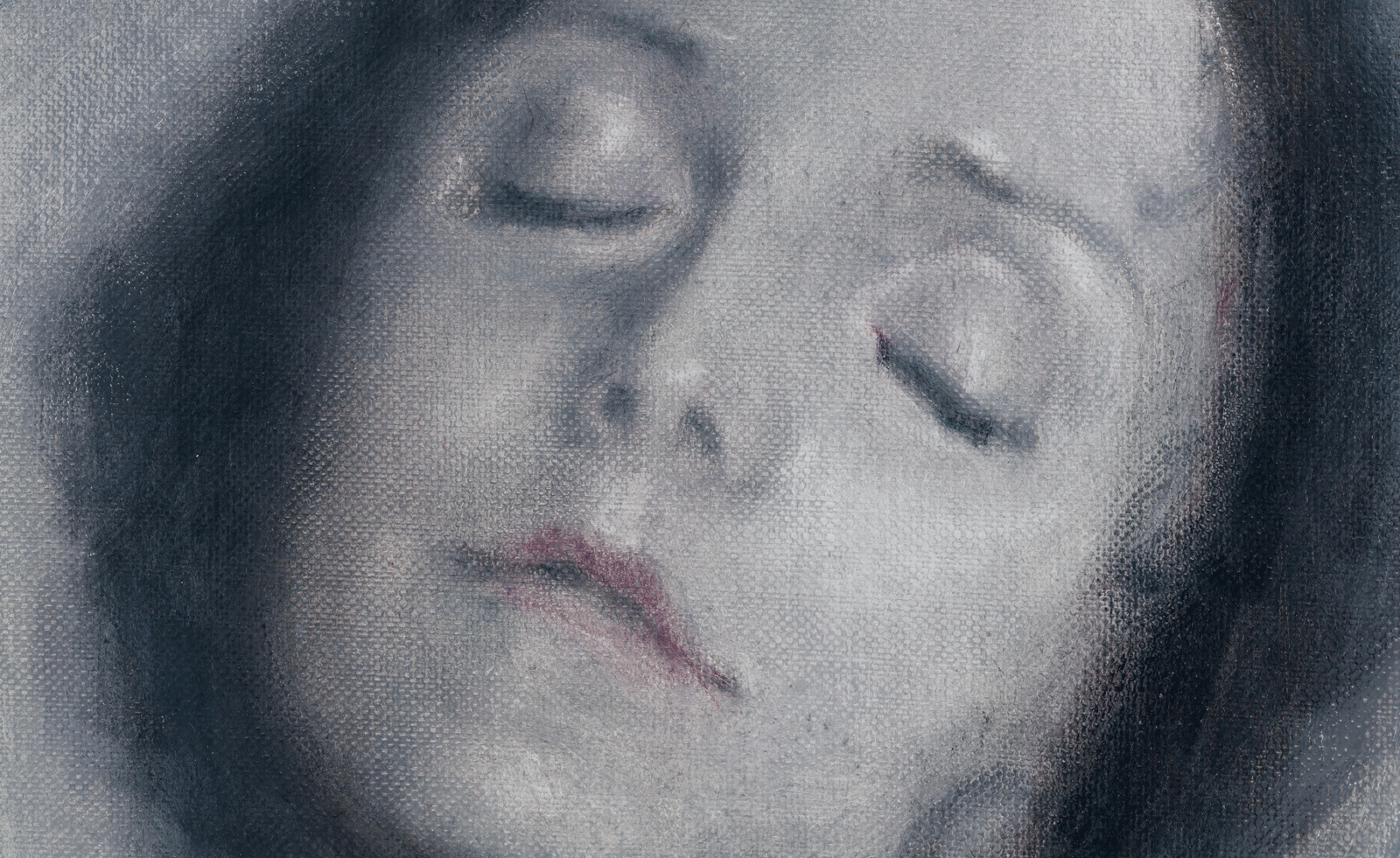
For Polish artist Łukasz Stokłosa, beauty comes laced with a decadent decay. In the richly rendered interiors of his work, markers of obscene wealth – opulent rooms, embroidered dresses, golden carriages – are viewed through a darkened lens.
Stokłosa’s paintings are haunting interpretations of the classical works of old masters. We recognise the symbols of wealth, but in a gothic shifting of perspective, we can’t quite place them.
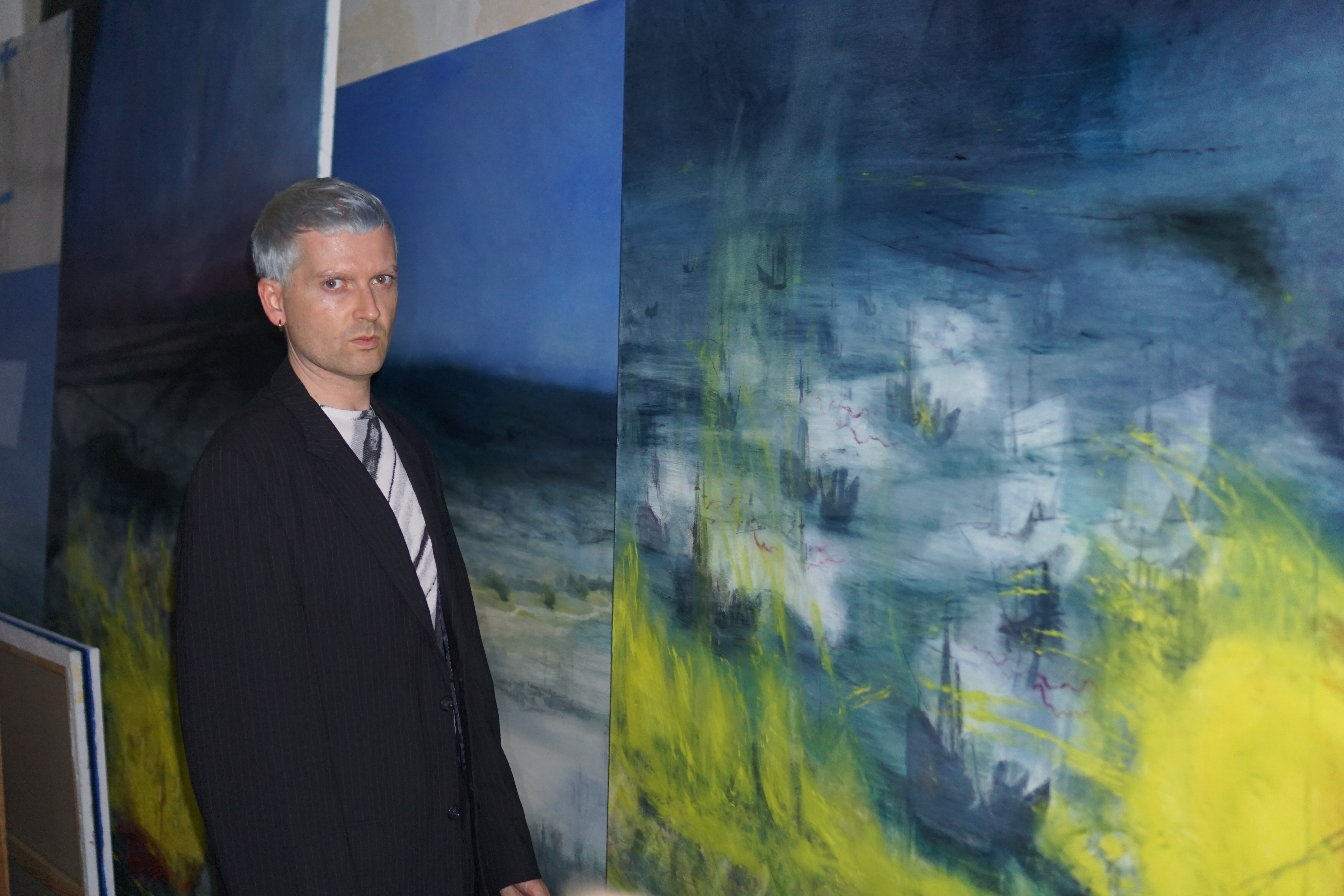
Łukasz Stokłosa
‘In this work, I’m focusing more on the object itself, on its seductive attractiveness,’ says Stokłosa. ‘But this beauty is somehow diminished, blurred, so that we have to stop, look closely, and make sure of what we are actually seeing. So that we must check what lies beneath the gilding, that perhaps these are not just innocent objects locked away in museum cases, but histories that are often difficult. I have always been interested in ambiguity, in the interpenetration of histories.’
The artist brings an uncanny element to his figurative works. A self-professed interest in mass culture, including movies, television and genres such as film noir, is translated into deliciously ambiguous works crammed with ghostly apparitions and ostentatious privilege. ‘It is important to me that these objects are, in a sense, extracted, that in the painting there is only one subject, one protagonist,’ Stokłosa adds. ‘The small format of the paintings also forces us to approach them closely. This builds an intimate relationship with the work; suddenly, we are left alone with it.’
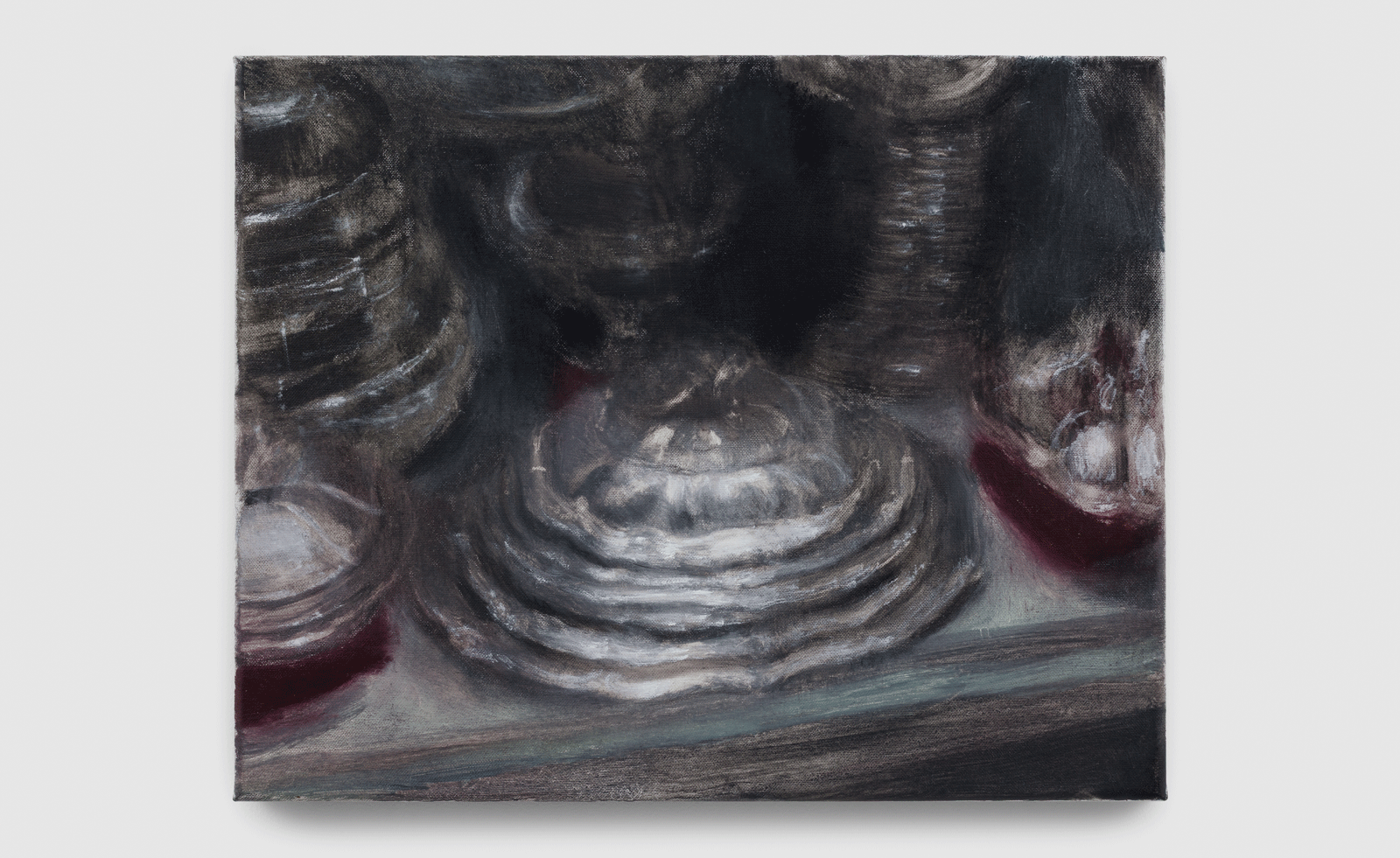
In the exhibition ‘Once Upon a Time’ at London’s Rose Easton (until 25 October 2025), Stokłosa brings his protagonists’ world to life through both painting and video works. The latter, created from found footage taken from the 1976 Polish film Tredowata (The Leper), considers the devastating consequences of a world defined by a strict hierarchy. In the film, a potential marriage between a governess and an aristocrat becomes painfully undone.
‘The Leper is a kind of phenomenon in Poland,’ says the artist. ‘It’s broadcast on television almost every holiday. Because of that, I think I’ve seen it, in full or in fragments, probably a dozen times already. At some point, I felt it could be a good subject and material for creating video works. What struck me most was that the structure of this story is very close to the structure of a classical fairy tale. A governess falls in love with a prince, and as we know, that cannot end well.’
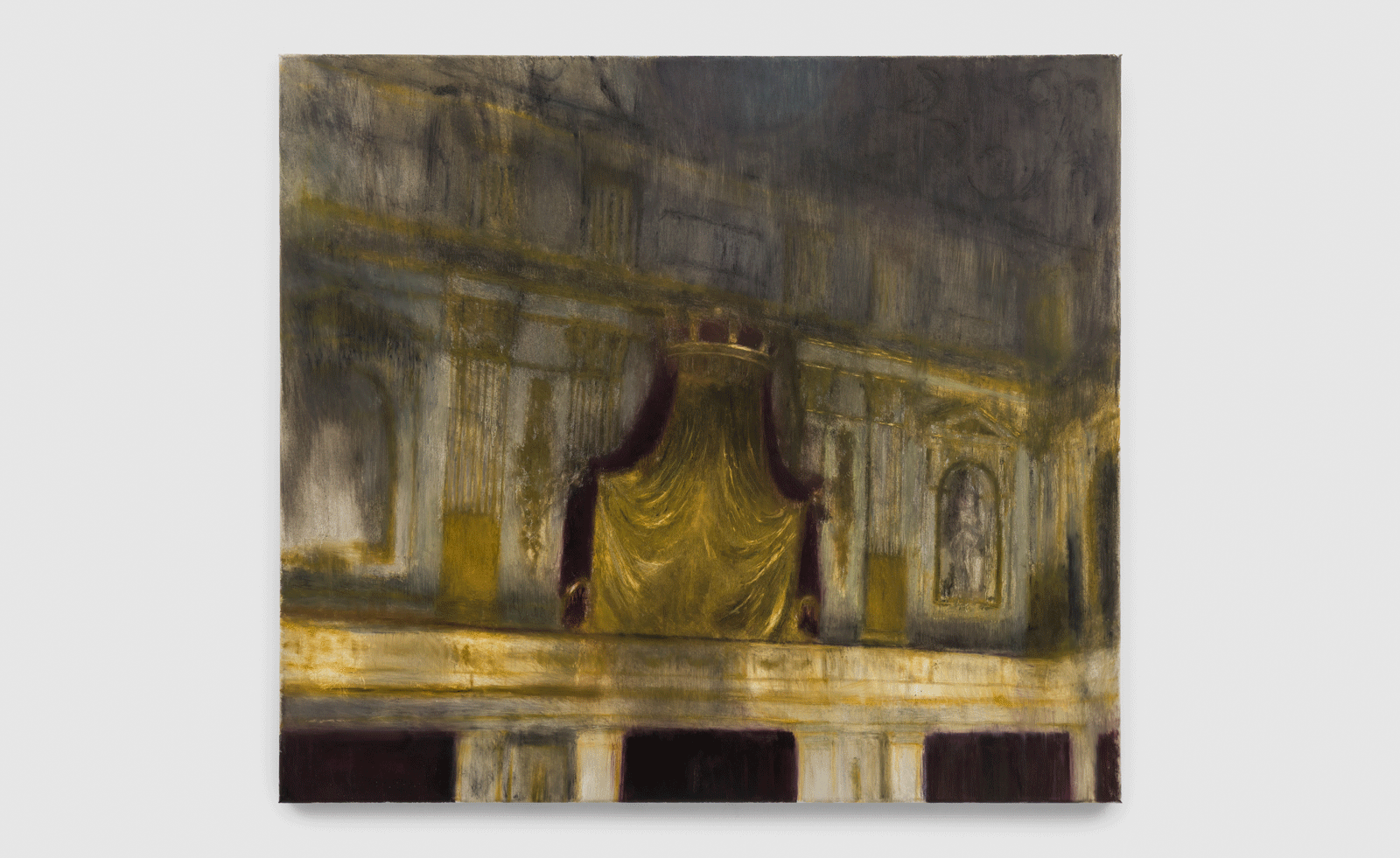
Stokłosa overlaps images from the film in a three-screen video that rewrites the classic fairy tale and subsequent happy ending. ‘I have surrounded the motif of The Leper with other themes,’ he says. ‘A kind of collection of props started to form, objects that are beautiful, but because of their exclusivity and preciousness, also dangerous.’
Receive our daily digest of inspiration, escapism and design stories from around the world direct to your inbox.
‘Once Upon a Time’ is at Rose Easton, London until 25 October 2025, roseeaston.com
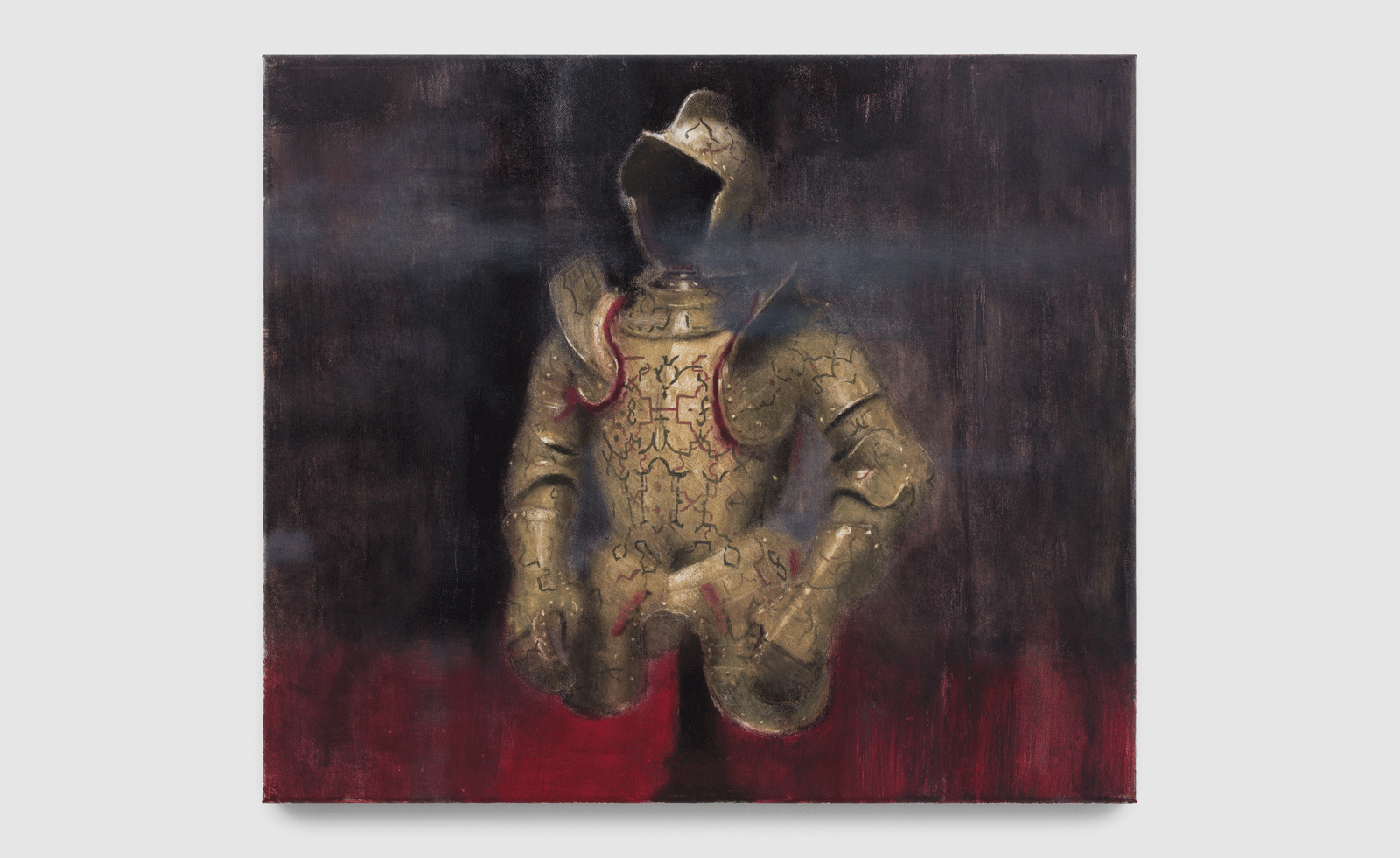
Hannah Silver is the Art, Culture, Watches & Jewellery Editor of Wallpaper*. Since joining in 2019, she has overseen offbeat art trends and conducted in-depth profiles, as well as writing and commissioning extensively across the worlds of culture and luxury. She enjoys travelling, visiting artists' studios and viewing exhibitions around the world, and has interviewed artists and designers including Maggi Hambling, William Kentridge, Jonathan Anderson, Chantal Joffe, Lubaina Himid, Tilda Swinton and Mickalene Thomas.
-
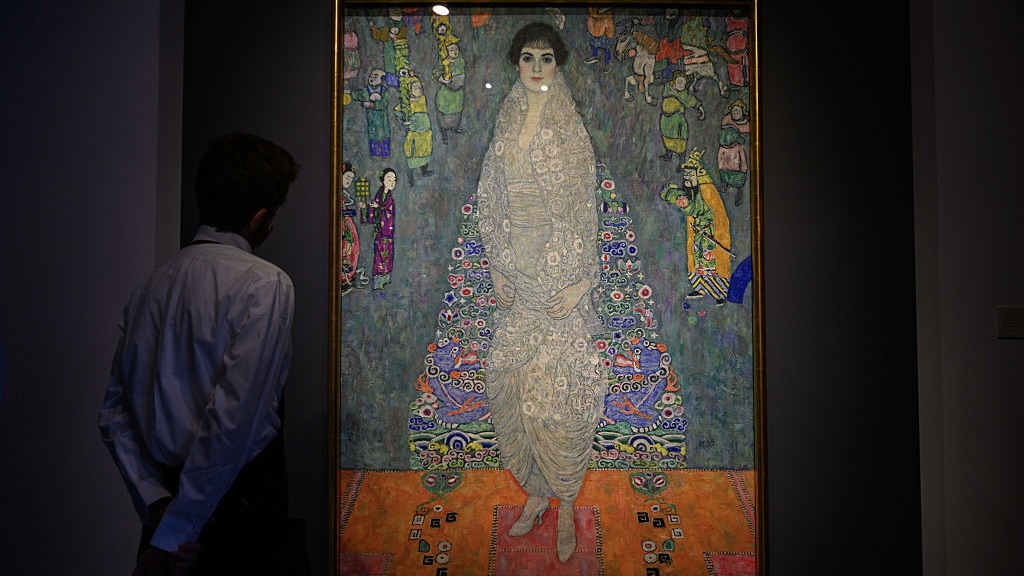 This Gustav Klimt painting just became the second most expensive artwork ever sold – it has an incredible backstory
This Gustav Klimt painting just became the second most expensive artwork ever sold – it has an incredible backstorySold by Sotheby’s for a staggering $236.4 million, ‘Portrait of Elisabeth Lederer’ survived Nazi looting and became the key to its subject’s survival
-
 New Leica Q3 Monochrom camera sees the world in black and white
New Leica Q3 Monochrom camera sees the world in black and whiteDefined by its crisp 60MP monochrome sensor, the Leica Q3 Monochrom is a camera designed for those who want to focus only on light, shadow and form
-
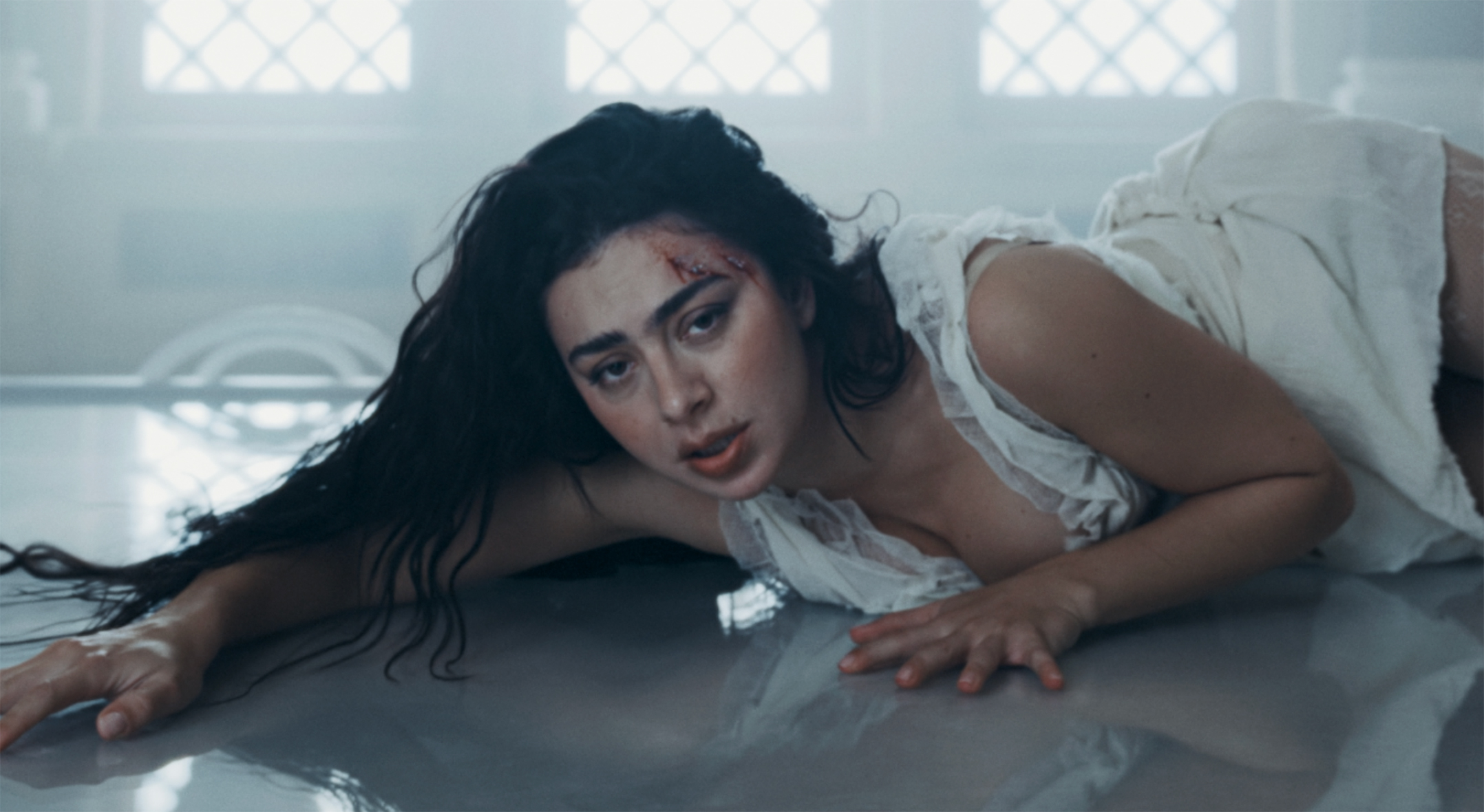 How C Prinz shaped the gothic new world of Charli XCX
How C Prinz shaped the gothic new world of Charli XCXMulti-hyphenate director and movement artist C Prinz unpacks the physical, instinctive and often brutal creative process behind Charli XCX’s new 'Wuthering Heights' era
-
 This Gustav Klimt painting just became the second most expensive artwork ever sold – it has an incredible backstory
This Gustav Klimt painting just became the second most expensive artwork ever sold – it has an incredible backstorySold by Sotheby’s for a staggering $236.4 million, ‘Portrait of Elisabeth Lederer’ survived Nazi looting and became the key to its subject’s survival
-
 Wes Anderson at the Design Museum celebrates an obsessive attention to detail
Wes Anderson at the Design Museum celebrates an obsessive attention to detail‘Wes Anderson: The Archives’ pays tribute to the American film director’s career – expect props and puppets aplenty in this comprehensive London retrospective
-
 Meet Eva Helene Pade, the emerging artist redefining figurative painting
Meet Eva Helene Pade, the emerging artist redefining figurative paintingPade’s dreamlike figures in a crowd are currently on show at Thaddaeus Ropac London; she tells us about her need ‘to capture movements especially’
-
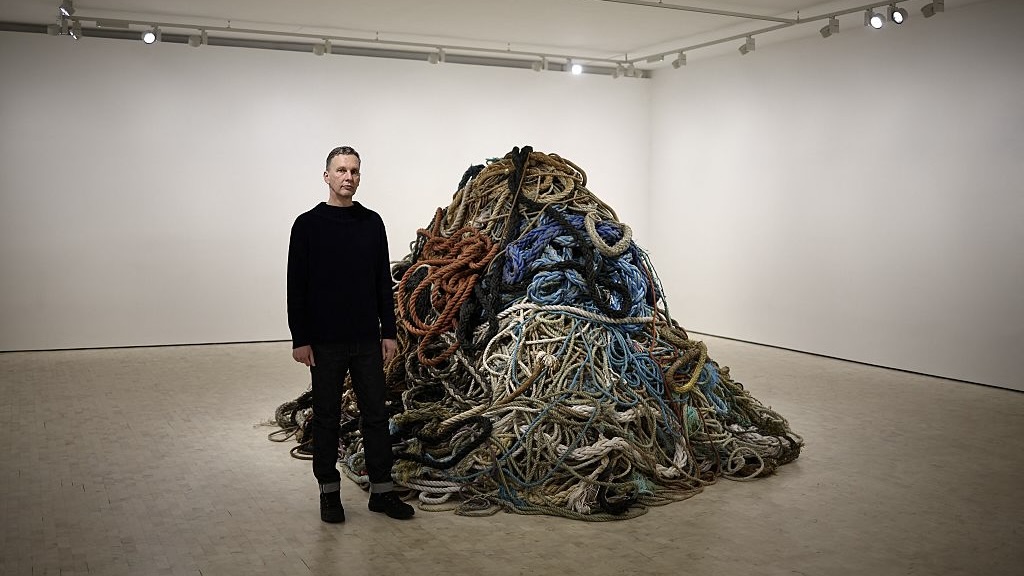 David Shrigley is quite literally asking for money for old rope (£1 million, to be precise)
David Shrigley is quite literally asking for money for old rope (£1 million, to be precise)The Turner Prize-nominated artist has filled a London gallery with ten tonnes of discarded rope, priced at £1 million, slyly questioning the arbitrariness of artistic value
-
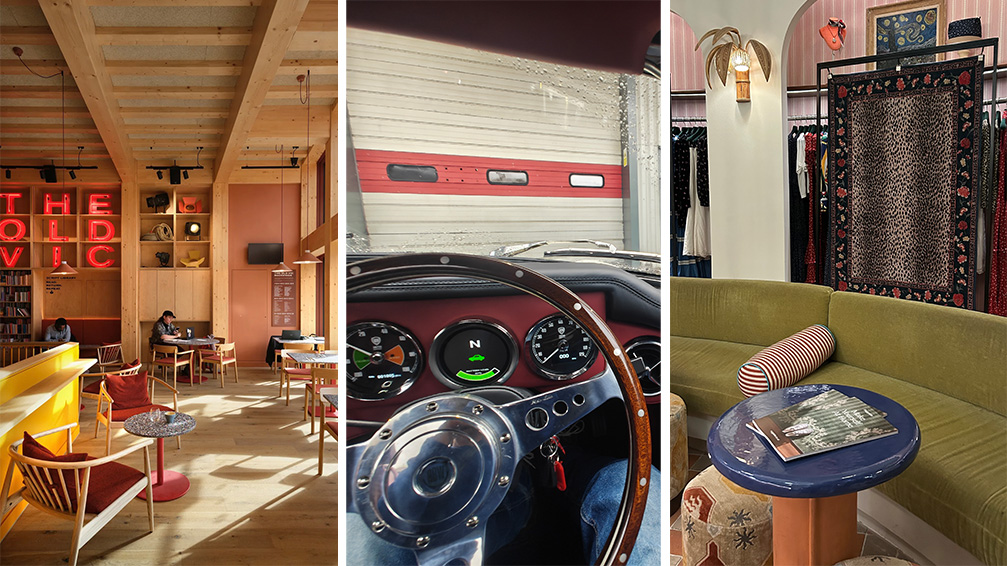 Out of office: The Wallpaper* editors’ picks of the week
Out of office: The Wallpaper* editors’ picks of the weekThe rain is falling, the nights are closing in, and it’s still a bit too early to get excited for Christmas, but this week, the Wallpaper* team brought warmth to the gloom with cosy interiors, good books, and a Hebridean dram
-
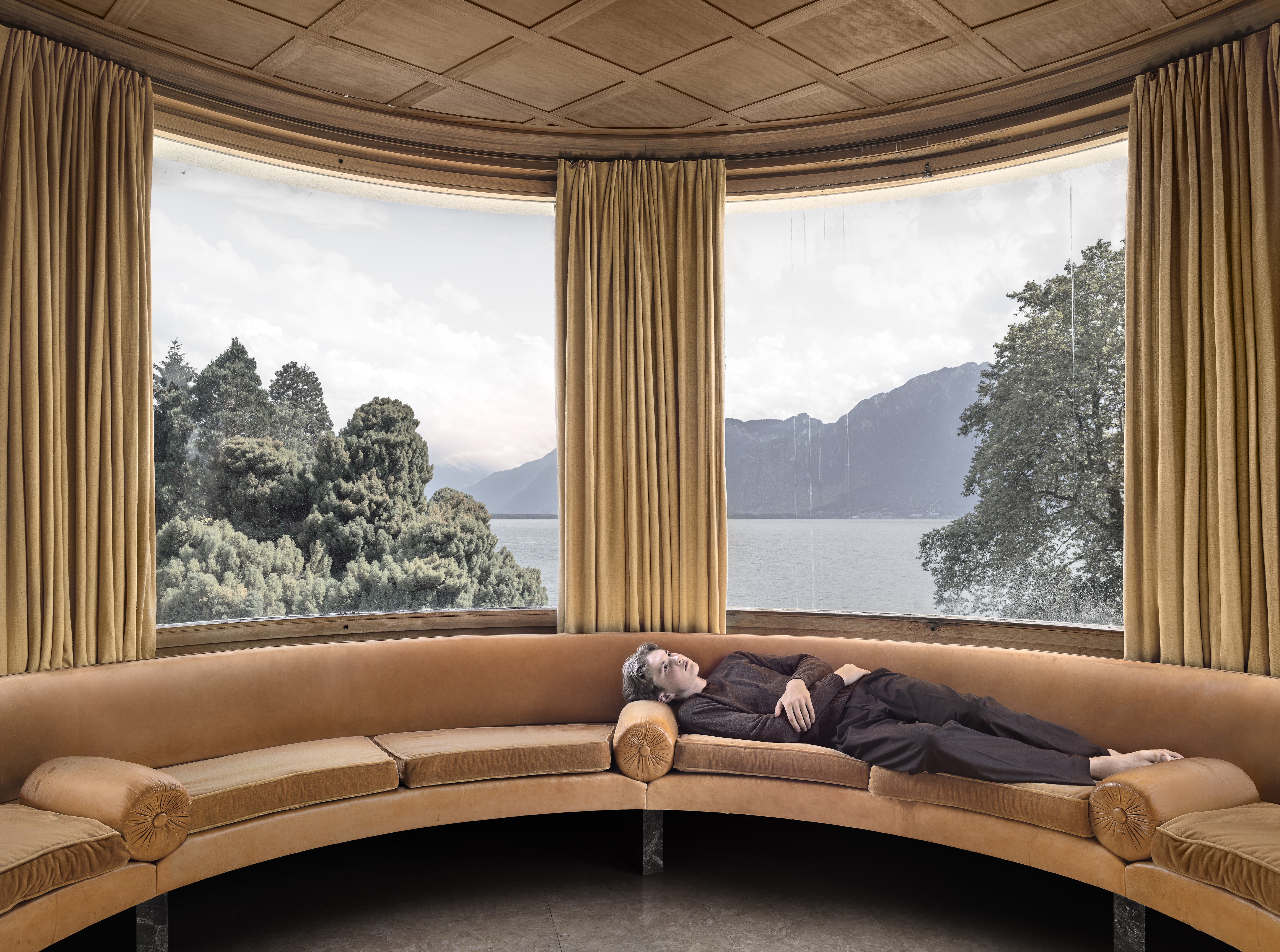 A former leprosarium with a traumatic past makes a haunting backdrop for Jaime Welsh's photographs
A former leprosarium with a traumatic past makes a haunting backdrop for Jaime Welsh's photographsIn 'Convalescent,' an exhibition at Ginny on Frederick in London, Jaime Welsh is drawn to the shores of Lake Geneva and the troubled history of Villa Karma
-
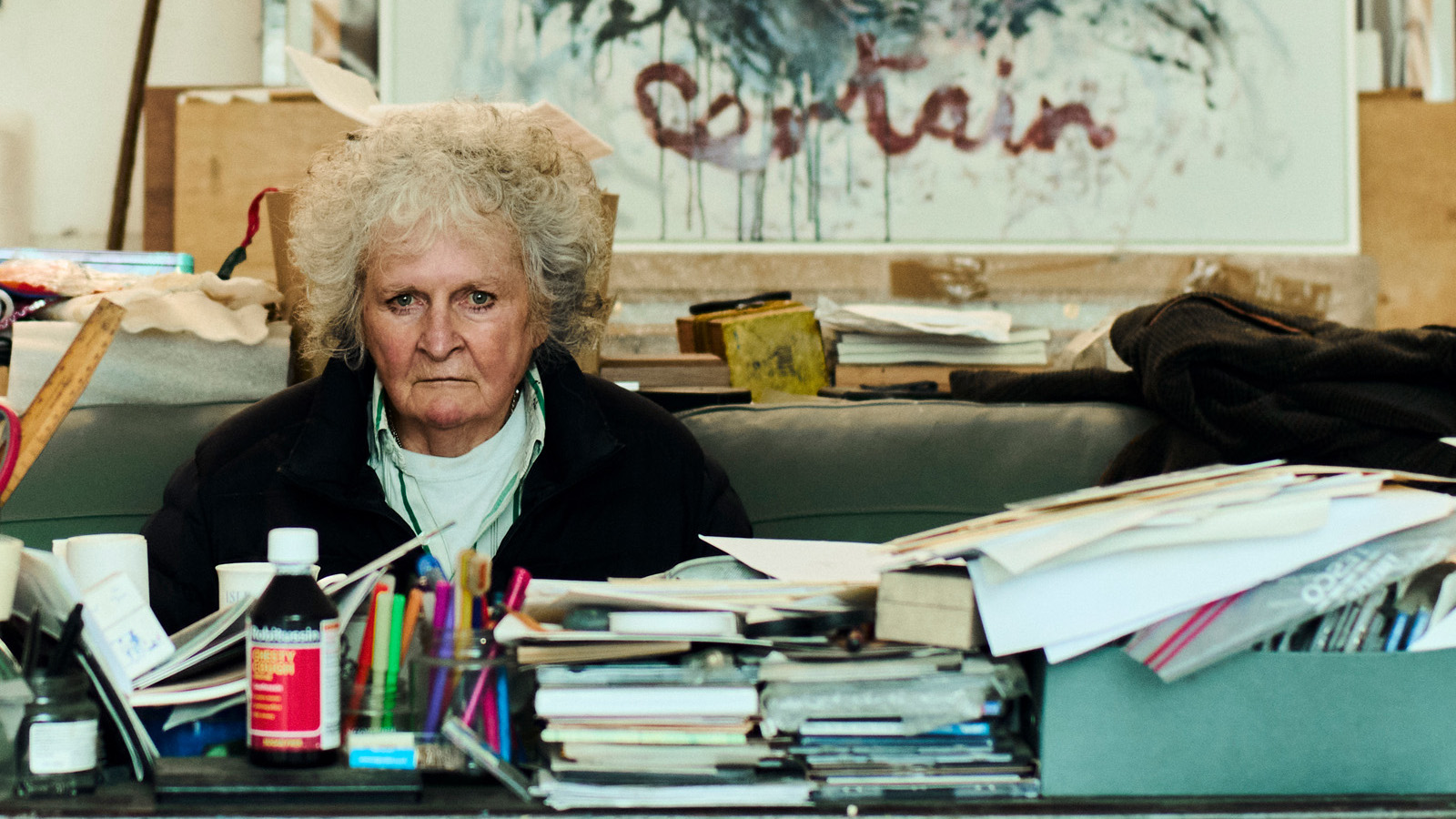 Maggi Hambling at 80: what next?
Maggi Hambling at 80: what next?To mark a significant year, artist Maggi Hambling is unveiling both a joint London exhibition with friend Sarah Lucas and a new Rizzoli monograph. We visit her in the studio
-
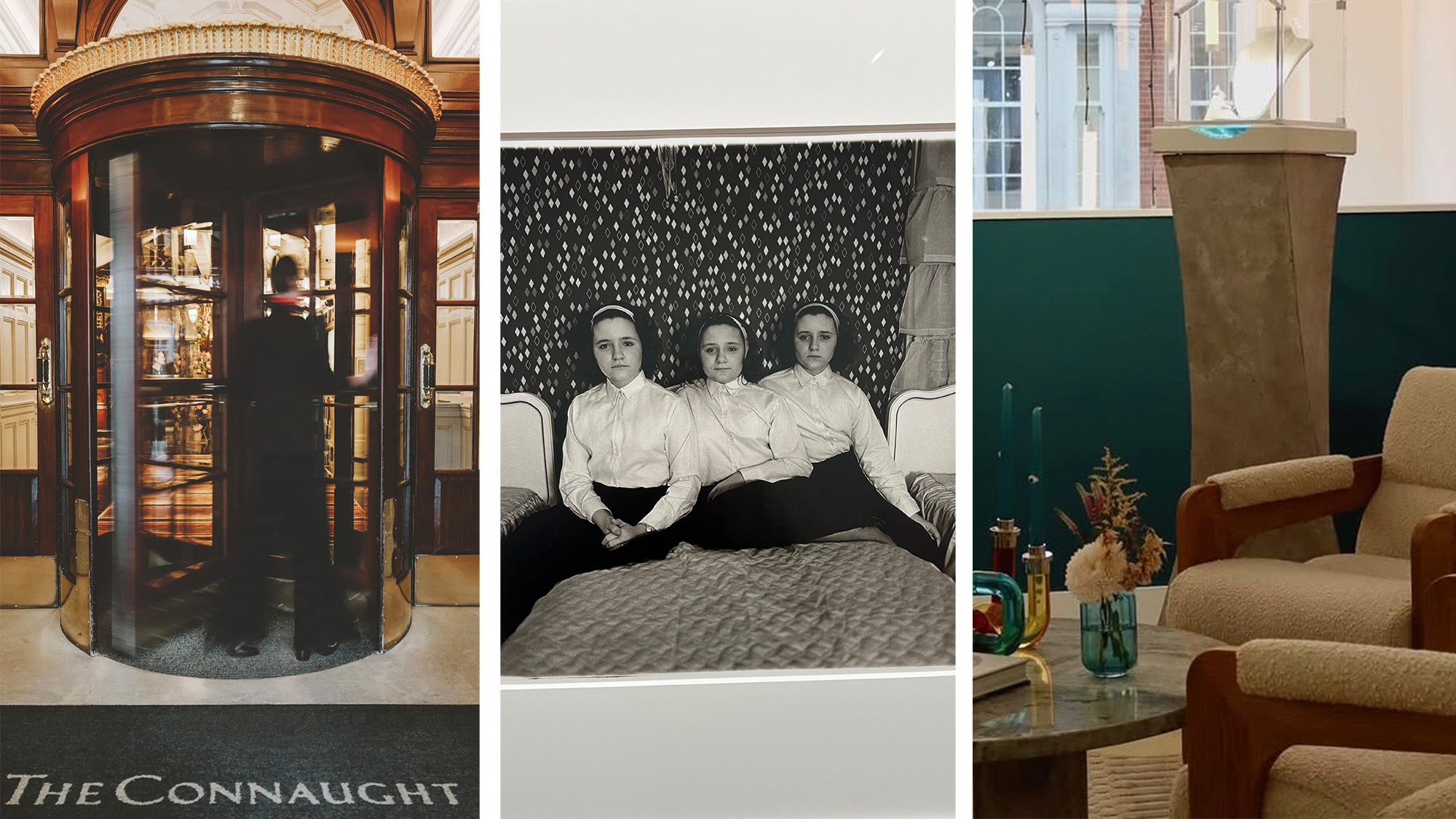 Out of office: The Wallpaper* editors’ picks of the week
Out of office: The Wallpaper* editors’ picks of the weekThis week, the Wallpaper* editors curated a diverse mix of experiences, from meeting diamond entrepreneurs and exploring perfume exhibitions to indulging in the the spectacle of a Middle Eastern Christmas